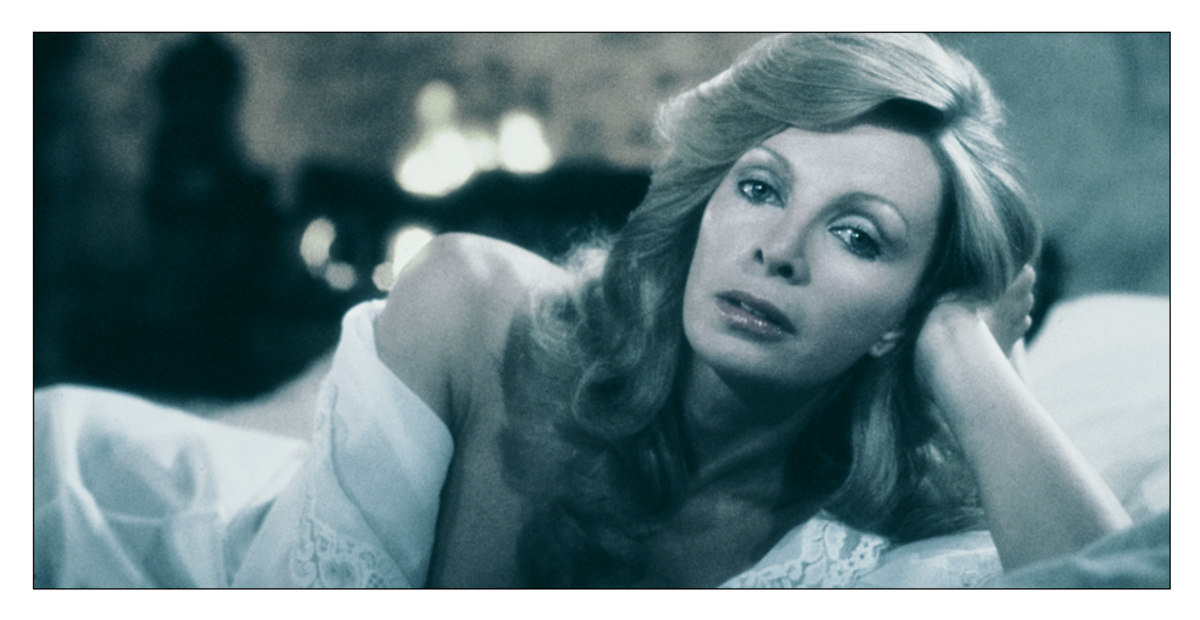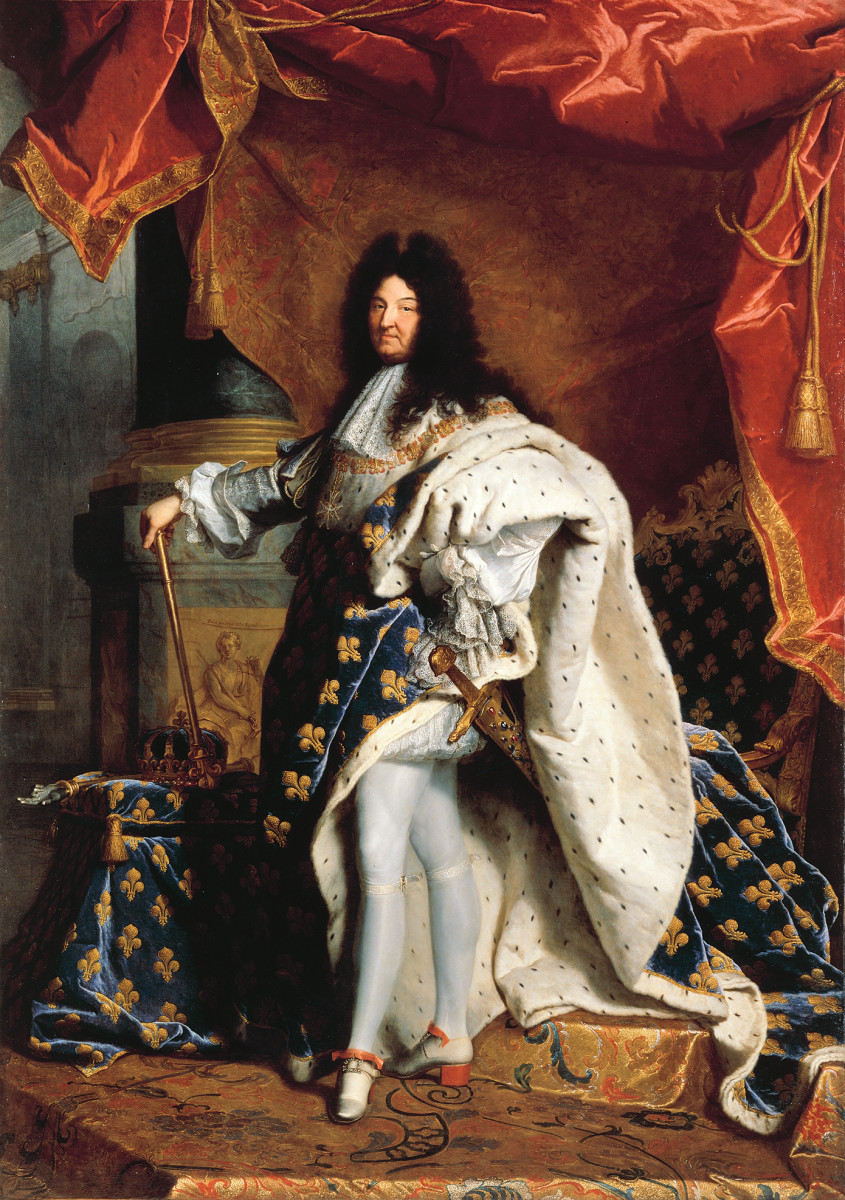Tartuffe - Notes On Studying Moliere's Renowned Farce

Lord of the Dance—A Biography of Jean-Baptiste Moliere:
When someone blunders, we say that he makes a misstep. Is it then not clear that all the ills of mankind, all the tragic misfortunes that fill the history books, all the political blunders, all the failures of the great leaders have arisen merely from a lack of skill at dancing.
Jean-Baptiste Moliere
The above quotation depicts both Moliere’s wit and dedication to the craft of performance. His legacy as a satirist, actor and theater artist persist on the interplay of these two characteristics. However, Moliere did not begin his theatrical life with any ambitions towards comedy. His biography and dramatic catalogue remain a chronic source of study due to their unlikely capacity for entertainment and poignancy.
Born to a prosperous bourgeoisie family with honorable ties to the court of Louis XIII, Moliere was preened for life as a legal councilor; a vocation he defected from upon graduating university. Instead, Moliere exhibited aspirations for the French stage, in particular a desire to portray the leading tragic figures of the era. Though untried, the young Jean-Baptiste Poquelin (later changed to Moliere out of deference for his family’s reputation) demonstrated competence in a diversity of roles. Sadly, poor financial decisions on the part of his first troupe forced Moliere into debtor’s prison before his twentieth birthday. Exposure to the duplicity of money lenders, bureaucrats and petty swindlers colored his perception of French society and, coupled with his training in the technique of Commedia Del Arte, inspired his most well-known characters.
After thirteen years as an itinerant performer, Moliere had developed a robust reputation as a master of comedy rather than tragedy. His notoriety as actor, playwright and manager of a successful troupe permitted his return to Paris and patronage from members of the royal family. It was during this period that the artist experienced his greatest successes and controversies due to the increase of his audience’s size and his adroit refusal to compromise his satirical messages. Luckily, his benefactors always outnumbered his enemies, securing his position among the literary intelligentsia of the Parisian scene. Many of his targets included the very middle class populace from which he descended; Moliere parodied their uncharitable frugality, inveterate love triangles and, in the case of Tartuffe, religious hypocrisies. Though some of his foils dissented more than others, Moliere proved careful never to concentrate on one party long enough to raise any permanent ire.
Though Moliere’s life was wrought with comedic performance, his life ended with undo sobriety. While performing one of his more accomplished roles in The Imaginary Invalid, the playwright suffered an internal hemorrhage complicated by tuberculosis contracted during his internment in debtor’s prison. Though he survived for several hours thereafter, delirium prevented recanting his vocation (acting during the seventeenth century was still considered a marked sin). So, Moliere was prevented from being buried in consecrated ground. His remains were eventually moved from their original site to Pere Lachaise, alongside other performers such as Sandra Bernhardt (denied consecration for being a Jew) and Jim Morrison (denied consecration for being “The Lizard King” one can only presume). Regardless the circumstances surrounding his death, Moliere’s life’s work continues to prove a rewarding source of theatrical production for both artists and audiences. Though tinted with several “missteps” his overall legacy has secured the playwright’s position as one of the more able “dancers” in theater history.
Tartuffe - Complete Stage Play
Identity Crisis—Satire and Self-Examination in Moliere’s Tartuffe
To expose vices to everyone’s laughter is to deal them a mighty blow. People easily endure reproofs but they cannot at all endure being made fun of. People have no objection to being considered wicked but they are not willing to be considered ridiculous.
Jean-Baptiste Moliere, Preface to Tartuffe
After its premiere in 1664, Moliere’s Tartuffe experienced a five year furlough. The cause of its production hiatus was not attributed to public disdain. According to primary criticism and financial records, the play proved an enormous success. Rather, uproar was likely caused by the satire’s content. Tartuffe depicts a religious hypocrite who avails himself to every property of his patron—home, wife, assets. This scenario proved offensive if threatening to the “devot” or devoted believers who populated the oligarchies that opposed absolute monarchy. This co-culture within seventeenth-century France perceived the play as a direct attack on their own contradictory behavior and used their continued influence with the king to have the play formally censored until 1669.
"Identity Crisis," first coined by psychologist Erik Erikson, the term refers to mental or existential trauma that compels individuals to re-asses their core beliefs. Erikson contends that when faced with such experiences, individuals respond by broadening their mental horizons and seeking further understanding or denial and frustration. For Erikson, one of the most tumultuous sources of personal crisis is derived from “ideology,” the capacity for a person to locate and accept a set of social, cultural or religious values.
Certainly, Moliere’s play presents a family in the midst of a stirring (and deeply humorous) ideological crisis. However, this crisis proves no less moving than the one experienced by its initial and subsequent audiences. For those that ascribe to a religious system of belief, the play poses a series of indicting questions: how does one identify an “authentic” believer? Is it better to be ruled by a feckless priest or a wise monarch? Is it better to trust and be thought foolish or mistrust and thought hardened? In each case, Moliere concludes that the ultimate price for poor choices is not misery but ridicule. In the above preface to 1669 publication of Tartuffe, Moliere defends his work as a didactic instrument; one designed to instruct not merely entertain his audience. Of course, the difficulty in teaching through satire is the heightened sensitivity of the students. Even the most celebrated comedies lose their mirth when their scalpel is directed towards our own idiosyncrasies.
Tartuffe - Colorado State University
Comedy and Controversy—Doctrine and Drama of Tartuffe:
Jean-Baptiste Moliere remains a durable fixture of contemporary theater, centuries after his own life as an actor, manager and playwright. The comedic satire, Tartuffe, continues to be his most produced work—for its piercing indictment of religious hypocrisy and its arresting use of humor. Below are a few details about the play and its accomplished author:
- After its inaugural performance at Versailles, Tartuffe was shortly censored due to an outcry from religious interests within the court of Louis XIV.
- The reception of the play stirred enough controversy among the religious elite of seventeenth-century France that the Archbishop of Paris threatened any who watched, read or performed the play with excommunication.
- Moliere survived the storm of controversy surrounding his masterpiece through the marginal patronage of King Louis XIV (who unofficially expressed fondness for the work).
- The play’s spare style and heightened speech have invited numerous interpretations since its original staging; the London Theater produced a version set in the Mughal court of India; Tartuffe has been re-imagined as a televangelist, paparazzi, even political candidate. Some venues have previously staged the work casting Tartuffe as a new age guru in the “age of peace and love.”
- Many of the characters in Tartuffe (indeed all of Moliere’s signature works) borrow characteristics from the Commedia Del Arte tradition; these stock character types performed semi-improvisational scenes based on familiar sources of provincial conflict—infidelity, old age, servants and masters, financial acquisition.
- Moliere’s dramatic style was deliberately spare to accommodate a range of venues. His traveling company would sometimes perform in conventional proscenium theaters for hundreds of spectators, sometimes in royal courts for select patrons. The company even presented plays on tennis courts that had been adapted for theatrical production; this may have been why many of the playwright’s most well-known works feature prolonged dialogues between two characters as the performers would alternate between one side of the audience and another.
- During the seventeenth-century, it was the custom of the aristocratic and plutocratic elite to watch plays from the stage itself; the motivation was “to be seen” by other privileged patrons as much to enjoy a theatrical production. Moliere often exploited this convention in his satires by ridiculing the aristocracy through covert references in his plays. For example, the first lines in Tartuffe are as much a censor upon Orgon’s household as a derisive “jab” at the aristocratic patrons who occupied the same performance space.
What A Farce!
Break a leg with your next performance. I sincerely hope these provoke a thoughtful conversation between yourself and like minded performers. In the meantime, I look forward to your kind feedback and hope you'll check out my other Hub Pages related to the performing arts and drama.






